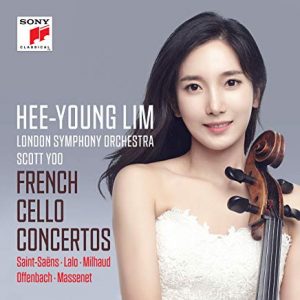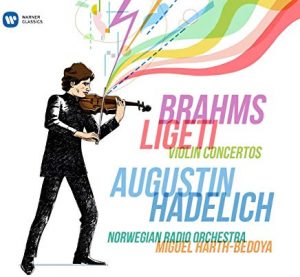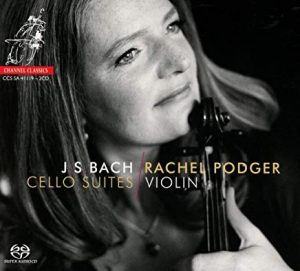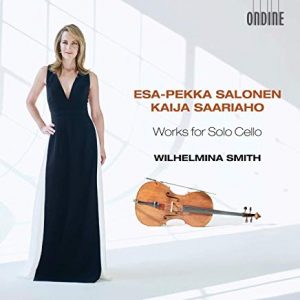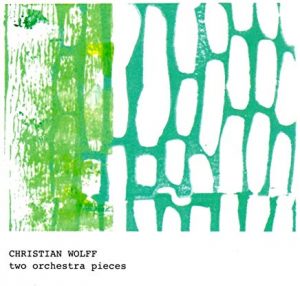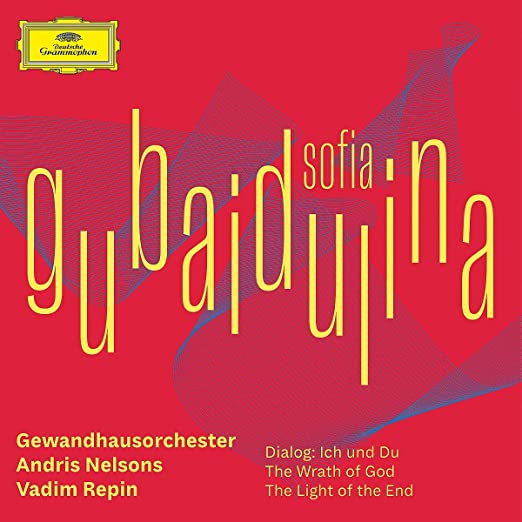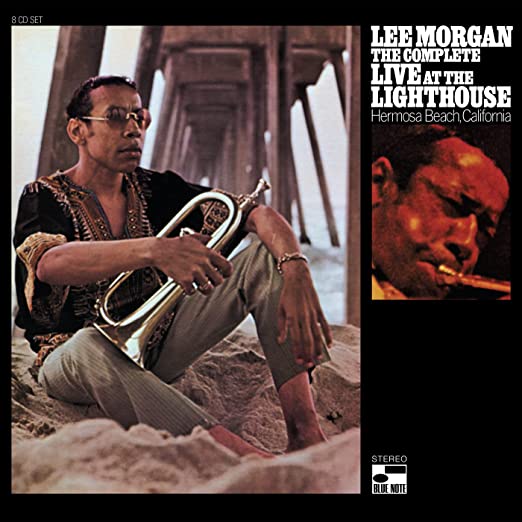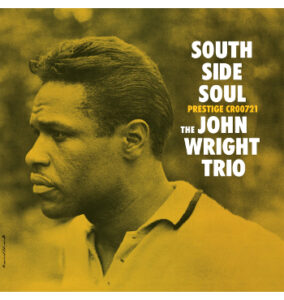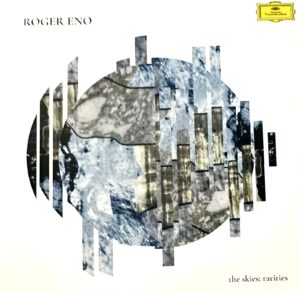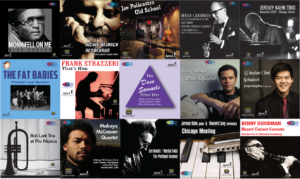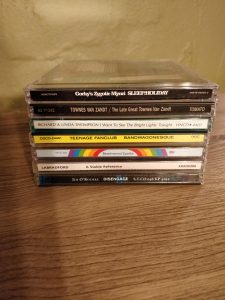I apologize for the long time between review articles and for the briefness of these: As I pass age 80, I am becoming more modest about the worth of what I have to say and am also beginning to play the age card.
Hee-Young Lim, cello; London Symphony Orchestra. French Cello Concertos of Saint-Saëns, Milhaud, Offenbach, Massenet. Sony S80425C.
Is it the recording? The cellist? The music? My new Gilbert Yeung Design NSI G amplifier and JMR Abscissa Jubilees? All of them coming together on this rainy (still!) early May day in New England? Usually in cases like this, it's the musician. Who is magical. A Sony wunderkind cellist to accompany violinist Hilary Hahn. Her sound is full, rich, smooth, clear, authentic—but also elegant when elegance is called for. She takes absolute command of these three concertos and sells them to us absolutely. And these are far from monumental works. Hee-Young Lim is the next big thing, trust me.
Brahms, Ligeti, Violin Concertos, Augustin Hadelich, violin; Norwegian Radio Orchestra, Miguel Harth-Bedoya, conductor. Warner Classics 902955 10458.
This is the best performance of the Brahms Violin Concerto I've heard in years. It may even be better than that but I'm trying not to overstate my case. What distinguishes it from others is the passion and backbone brilliant young Hadelich brings to it in lieu of the sentiment and romanticism it often receives. This should be no surprise. A few of us fortunates heard him play the Ligeti with Thomas Adès and the Boston Symphony Orchestra a year ago in Symphony Hall, the second work in this program, and were stunned (assaulted?) by his ability to match Ligeti note for passionate note. To imagine that energy applied to something like the Brahms would have been beyond us. Silly us.
Hadelich writes his own cadenza for the Brahms, uses Adès' for the Ligeti. It is easy over time to forget what a great piece of music the Brahms is. Brilliant (too young yet to be called great) musicians exist to remind us. And yes, his Ligeti is still hot!
J.S. Bach, Cello Suites, Rachel Podger, violin. Channel Classics SACD CCSA 41119, (2 CD's)
Rachel Podger is the first musician I know of to play the Bach cello suites on anything but a cello who not only makes them sound utterly natural on the violin but also induces us to feel they feel they were composed for this instrument. Which of course they were not. Here they feel like an expansion of a cycle that includes the Solo Violin Sonatas and Partitas. We are used to the more deliberate presentation a cello not only invites but pretty much requires. Here they simply break free and sing...and dance. The few performances of this music on viola I know of can't quite do that, reminding us instead of what's missing. Don't miss this surprising release.
Esa-Pekka Salonen, Kaija Saariaho, Works for Solo Cello. Wilhelmina Smith. Ondine ODE 12942.
The last time I heard this fine cellist (on a recording) was on her Schnittke/Britten CD for Arabesque. This newer (most of it composed in this century) radical avant-garde music is bolder and aims to be more expressive. It is clearly in need of a musician who not only gets it but who is willing to give it passionate commitment. Smith feels as if she has been around this music a while! I can imagine a lesser cellist coming up short by underplaying it. These two composers clearly knew whom they were getting when they chose her.
In anything other than purely technical analysis, music description tends to demand metaphors, unless we cowards retreat to comments on musical style, in which case the metaphors end up being stolen from art and literary history. I often revert to literary analogies but Salonen and Saariaho demand the visual arts. In their particular cases, abstract expressionist paintings. Pure shapes, lines, and colors which resist reference to the 'real' world in anything but tangential ways. There are hints here and there of the traditional musical world of melody and harmony, teasings, fleeting moments of familiarity and comfort. But they seem to exist mainly to lure us into the abstract worlds which are the works' real interest. Depositing familiar sounds into unfamiliar contexts, they seek to pull us in as well.
Among contemporary cellists I know, none but Wilhelmina Smith who could do this music justice. As I say, her passionate commitment to the musical reality of Salonen's and Saariaho's musical worlds is evident in every phrase she plays.
Ondine is the principal purveyor of modern Finnish music and brings to it superb audio engineering. This album is not for the trepid, especially Saariaho's works which, no surprise to those who know her work, make fewer compromises. For the rest of you, come on in.
Christian Wolff. Two Orchestra Pieces. Various Musicians and Several Orchestras. New World Records 80796.
In assessing the most avant garde of avant garde music, we have to trust our ears. There is really no other guidance available. Which means our opinions are only going to be worth something if we can hear. 'A book is a mirror; if an ass peers into it, you can't expect an apostle to peer out.'
My amateur but fairly dependable ears tell me this music by Christian Wolff (b. 1934) is fascinating, appealing, and ultimately well worth listening to. I can't take my ears off of it. It makes me smile. It's serious but not earnest, right but never righteous. It doesn't take itself seriously but it delights in itself. Its primary appeal is sonic: a wide assortment of instruments, many of percussion, galavant about, juxtaposed in ways that only an intuitive genius could arrange. How did he know to put a cello in there? A bass clarinet there? And then a string trio? Like some of Picasso's simple drawings, anyone could draw that, right? Wrong.
Trust me, or don't.
System used for this audition: Resolution Audio Cantata 3.0 CD player w/BlackJack power cord; Gilbert Yeung Design solid state NSI “G” integrated amplifier, Jean Marie Reynaud Abscissa Jubilee loudspeakers; Crimson interconnects and speaker cable; Mapleshade Samson equipment rack.
Bob Neill, a former equipment reviewer for Enjoy the Music and Positive Feedback, is proprietor of Amherst Audio in Western Massachusetts which sells equipment from Audio Note (UK), Gilbert Yeung Design (formerly Blue Circle) (Canada), Crimson (UK), Jean Marie Reynaud (France), and Resolution Audio (US).




